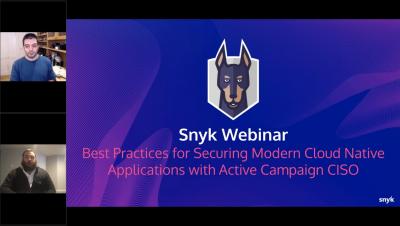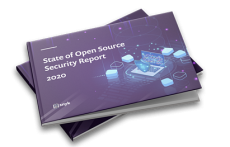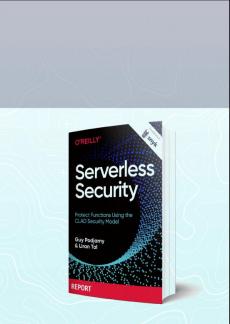Security | Threat Detection | Cyberattacks | DevSecOps | Compliance
Snyk
Snyk Customer Story - Seismic
The latest Docker Build show features new Snyk & Docker workshop
2020 was a busy year for Docker and Snyk! In the same year, we announced (and released) Snyk-powered vulnerability scanning within Docker Desktop and Docker Hub. We expect 2021 to be bigger as we grow these products and release Snyk-secured Docker Official Images.
The State of Cloud Native Application Security survey-2021
Cloud native application security—or CNAS for short— is our passion here at Snyk. CNAS focuses on the security of your code, open source dependencies, container and infrastructure as code. Snyk is expanding on our annual State of Open Source Security report, by adding a new report in which we take a holistic view of the overall application developers work with on a day to day basis.
The State of Open Source Security Report 2020
Serverless Security
Snyk and Rapid7 strengthen partnership to provide a holistic risk assessment solution for container applications
Modern organizations are working hard to differentiate their products and services by creating innovative solutions that their customers can leverage at home and on-the-go, forcing them to consider new, more agile approaches to application development that empower their development teams to accelerate time-to-market, and launch new solutions as quickly as possible.
Intro to Cloud Native Application Security
Identify, prioritize, and fix vulnerabilities with Reachable Vulnerabilities for GitHub
Imagine you are a Java programmer and that you just decided you want to use Snyk Open Source scanning to help you find security problems in your third party libraries. Good call! However, after connecting your repository to the Snyk Open Source scanner, you find out that you have ten or maybe even 50 vulnerabilities in the packages you depend on. The major question is: where do I start?











